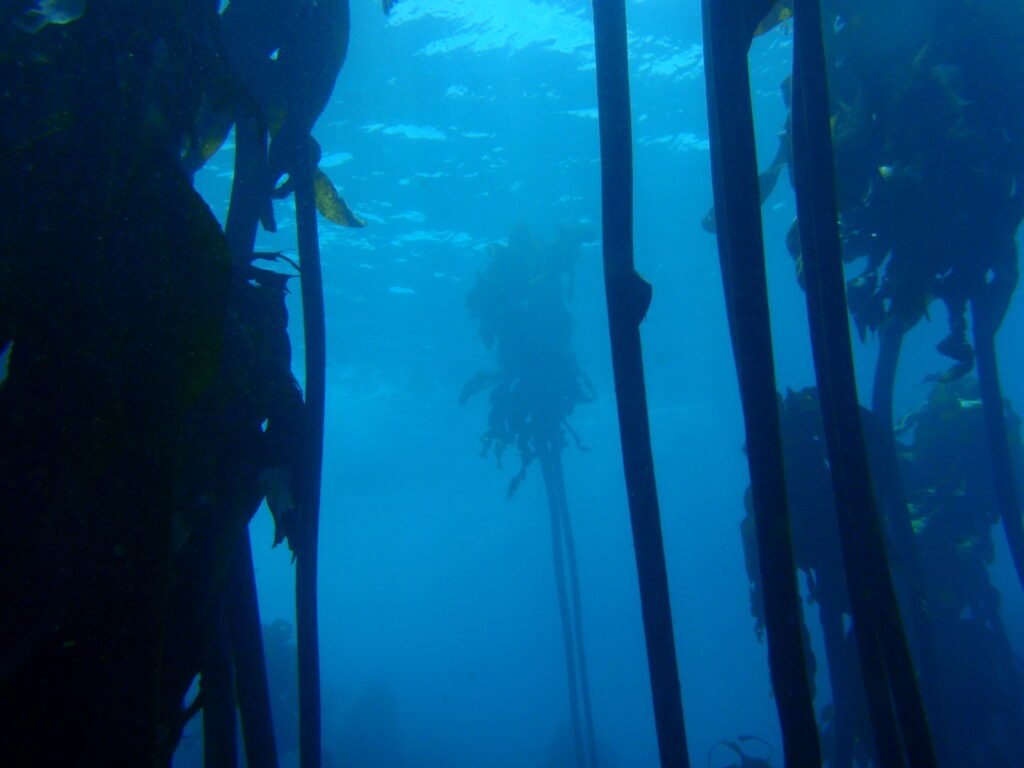On the fog-cool mornings that once defined California’s coast, a different kind of heat now lurks below the surface. Marine heatwaves have crept into kelp country, and the state’s towering underwater forests are reacting in ways both dramatic and subtle. Scientists are racing to read the signals – thinning canopies, urchin barrens, shifting animal behavior – while coastal communities weigh what it means for fisheries, shorelines, and local identity. The mystery isn’t whether the ocean is warming; it’s how fast these forests can adapt and which tools might help them survive. This is the story of a living ecosystem under pressure – and the science reshaping our choices.
The Hidden Clues
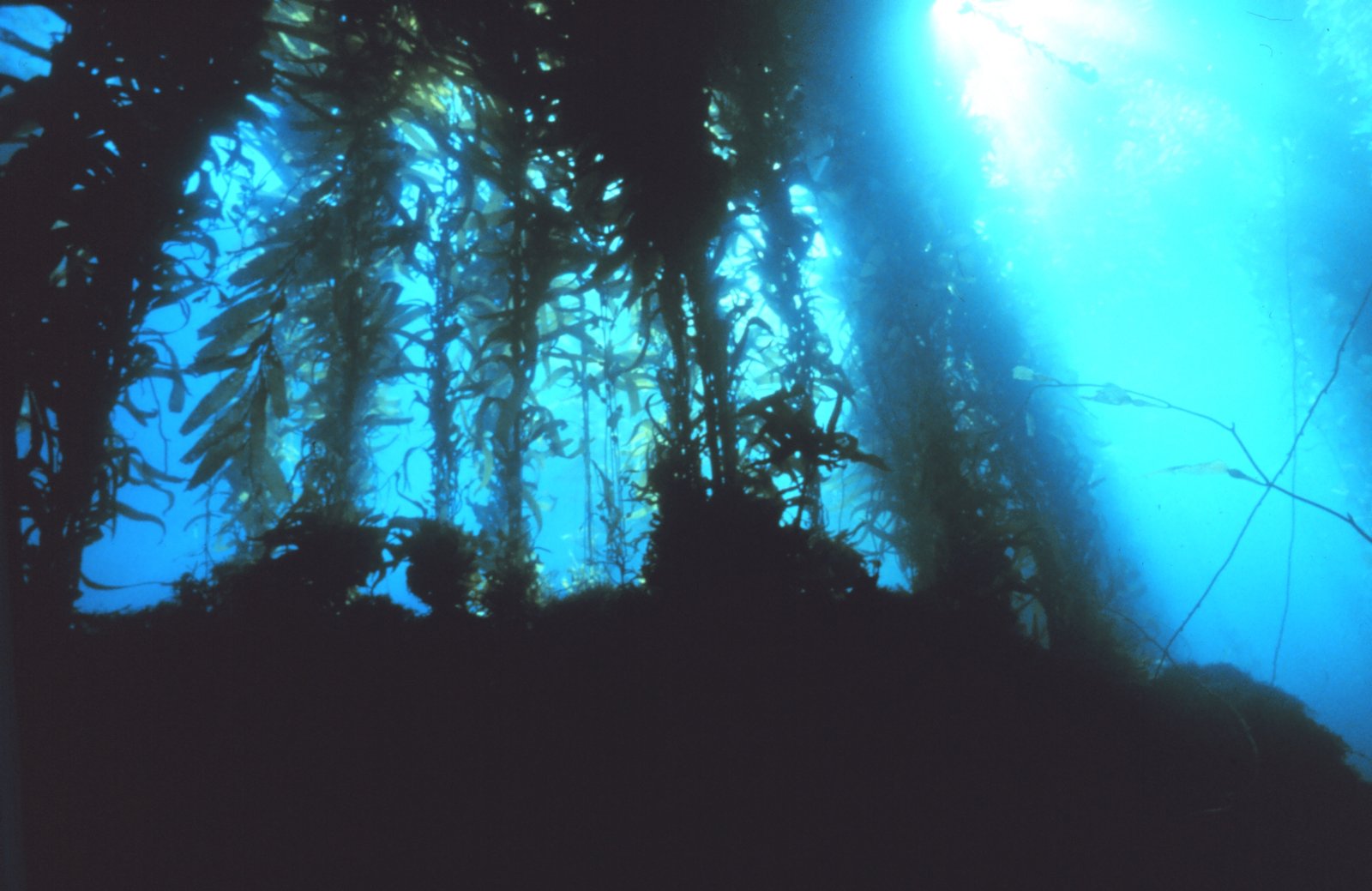
Walk a Northern California bluff after a hot, windless week and the ocean can look oddly glassy, as if the sea has been ironed flat. That calm surface hides a crucial clue: weak upwelling that normally delivers cold, nutrient-rich water has stalled, starving kelp of the nitrogen it needs to grow. In kelp forests, this shows up as a thinning canopy and stunted fronds, much like a drought-struck oak putting out smaller leaves. Fish that once wove through a dense forest begin cruising over patchy clearings, and invertebrates cluster in cooler crevices to ride out the warmth.
I’ve watched this shift happen dive by dive – one month a cathedral of kelp, the next a sunlit room with too much sky. The changes feel small in the moment, but the pattern reveals a system being nudged toward a threshold.
The Heatwaves Reshaping the Coast
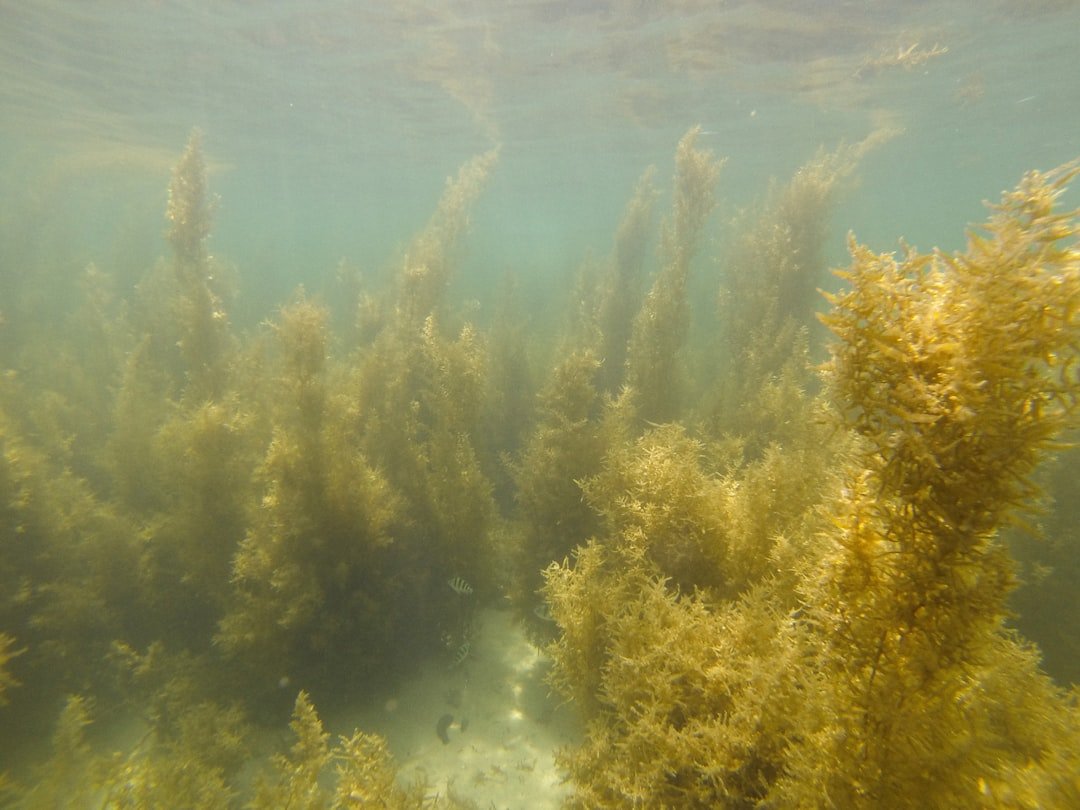
California’s kelp forests were jolted by back-to-back marine heatwaves over the last decade, with warm anomalies arriving faster and sticking around longer than many researchers had seen before. These events didn’t just raise temperatures; they suppressed nutrients and altered currents, nudging the balance away from cool-season growth. Heatwaves tend to shred the timing of the ecosystem, so kelp spore release, larval fish pulses, and plankton blooms fall out of sync. When the kelp canopy shrinks, more light hits the seafloor, creating an opening for grazers to surge and competitors like turf algae to spread.
The result is a one-two punch: bottom-up stress from poor nutrients and top-down pressure from booming herbivores. In coastal science, that’s the recipe for a phase shift that can be hard to reverse.
From Ancient Tools to Modern Science

Indigenous communities have navigated and harvested along these kelp-lined shores for generations, reading the ocean by wind, swell, and season. Today’s researchers are adding satellites and genomics to that lived knowledge, stitching together a multi-scale picture. Landsat and Sentinel imagery track kelp canopies from space, while diver surveys and underwater robots map the forest’s interior – the shaded “rooms” where abalone, rockfish, and sea stars once sheltered in abundance. Environmental DNA now reveals who has passed through the water recently, capturing faint traces that nets and cameras miss.
Put together, these tools show a forest that breathes with the climate: expanding after cool, nutrient-rich upwelling years, then collapsing during sustained heat. The data also spotlight pockets of resilience that point the way forward.
The Purple Urchin Problem
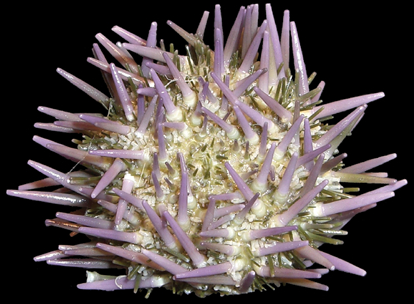
When warming weakens kelp, purple sea urchins seize the moment. They can persist on scraps for years, shrinking their energy stores, a survival mode that turns once-lush reefs into barren, spiky plains. Divers call them “zombie” urchins because they look plentiful but offer almost nothing to predators or markets due to tiny, low-quality gonads. In an intact forest, urchins shelter and nibble; in a stressed forest, their hunger scales up into relentless grazing that mows down regrowth.
On the North Coast, this shift has echoed through communities that once relied on abalone and nearshore fisheries, pushing closures and hard choices. It’s a reminder that warming rarely acts alone – it amplifies the strongest grazers in the room.
Otters, Sunflower Stars, and Trophic Cascades
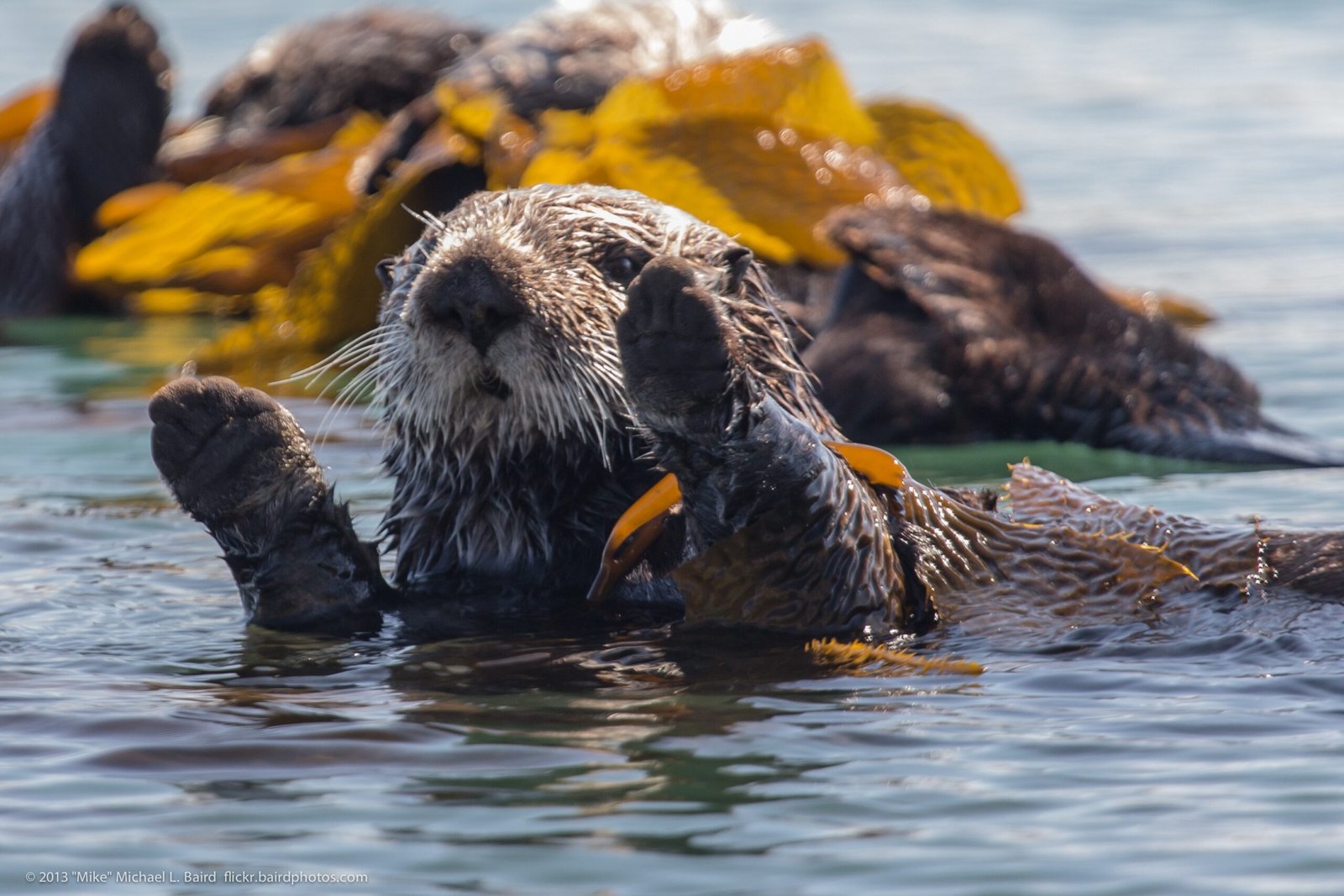
Healthy kelp forests depend on a cast of predators that keep grazers cautious. Sea otters can bite back urchin surges by targeting larger individuals, especially where kelp still offers cover. Another key player, the sunflower sea star, suffered a catastrophic disease outbreak last decade, removing a major check on purple urchins across the West Coast. Without that pressure, urchins expanded into dense carpets, erasing kelp in places that had held steady for decades.
Where otters remain plentiful – especially along parts of the Central Coast – canopies have proven more resistant, though not invulnerable. In some northern reefs without otters or sunflower stars, the path to recovery now starts with human hands.
Why It Matters
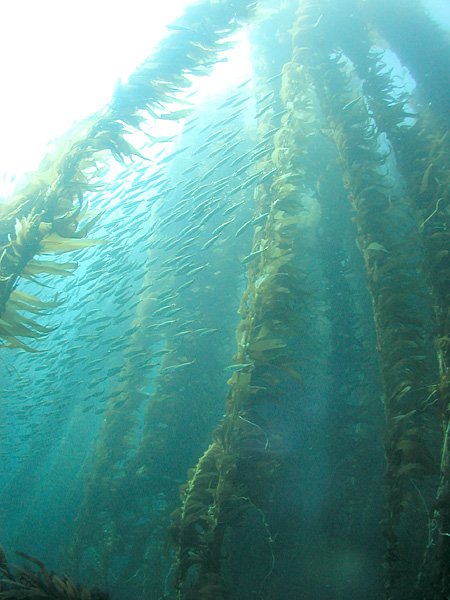
Kelp forests are the beating heart of California’s nearshore ocean, offering habitat, food, and shelter for hundreds of species while buffering coastlines from storms. Economically, they underpin tourism and fisheries, and culturally, they anchor coastal identities from Mendocino to Monterey. Ecologically, they act like underwater orchards, turning sunlight and dissolved nutrients into living structure that feeds the entire food web. Compared with bare rock, kelp forests host dramatically higher biodiversity and help stabilize local chemistry by drawing down carbon during peak growth.
When those forests collapse, the losses compound: fisheries falter, shoreline protection weakens, and recovery costs rise. In climate terms, this is a frontline test of how quickly ecosystems can reorganize – and how precisely we can help.
The Future Landscape
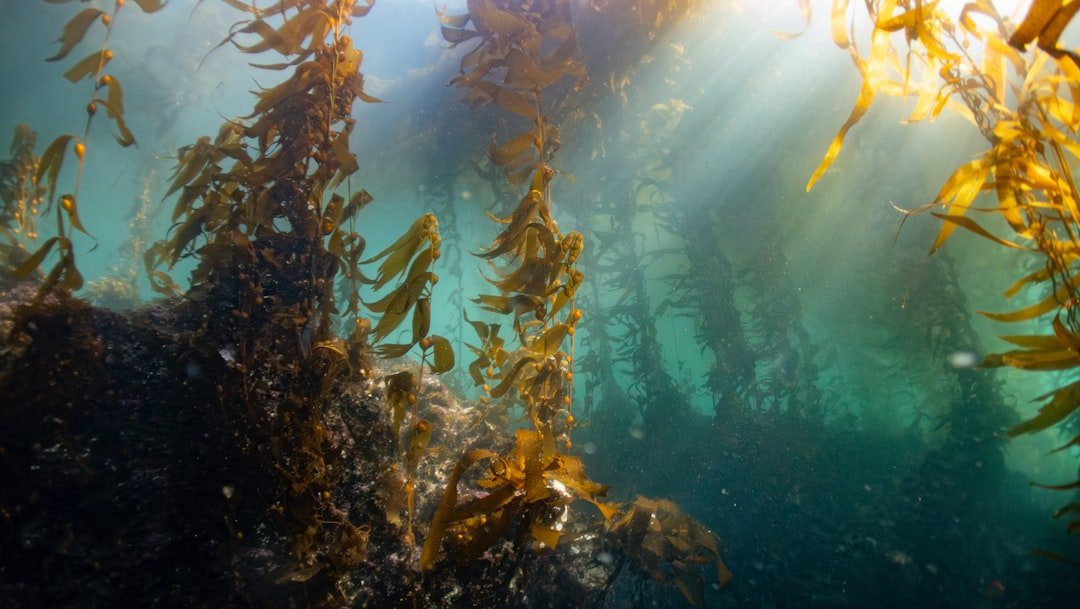
Restoration teams are moving from pilot trials to scaled action, blending old-school grit with new tech. Divers remove urchins from targeted plots so kelp can reestablish, while ranching experiments try to fatten low-value urchins for markets and reduce grazing pressure. “Green gravel” outplanting seeds baby kelp onto small stones that are later scattered across bare reefs, a low-cost way to jumpstart canopy. Selective breeding and assisted gene flow are being explored to bolster heat-tolerant strains, alongside dynamic ocean forecasts that flag when heat stress is coming.
Scientists are also mapping climate refuges – shadowed coves, upwelling tongues, and current-swept points where kelp holds on even in hot years. The emerging picture is a mosaic coast, where targeted protection, predictive tools, and community-led work can keep the forest’s backbone intact.
How You Can Help
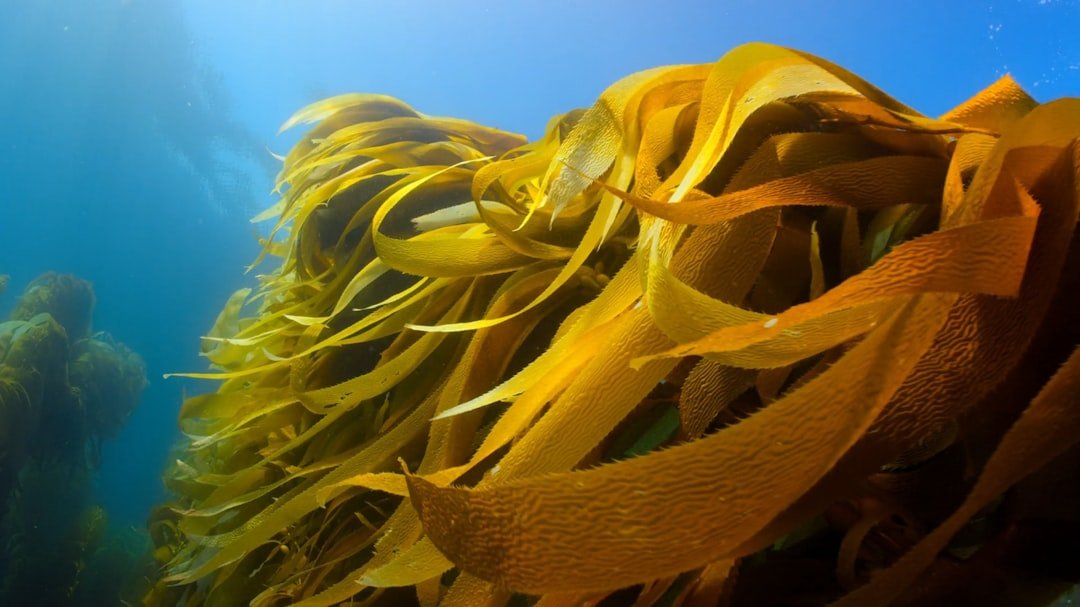
Start local by supporting groups restoring kelp and monitoring reefs through citizen science; many offer shore-based surveys for non-divers and safety-trained removal dives for experts. Choosing seafood from fisheries that harvest purple urchins where appropriate can align dinner with restoration, and reducing personal emissions helps ease the long arc of warming that fuels marine heatwaves. Coastal voters can back marine protected areas, harbor infrastructure that supports restoration, and research funding that keeps monitoring continuous. Even small acts – reporting unusual kelp washes, logging tidepool sightings, or sharing data via community apps – add up to the pattern scientists need.
Most importantly, stay curious about the living shoreline you visit. Familiarity turns concern into action, and action is exactly what these forests need.

Suhail Ahmed is a passionate digital professional and nature enthusiast with over 8 years of experience in content strategy, SEO, web development, and digital operations. Alongside his freelance journey, Suhail actively contributes to nature and wildlife platforms like Discover Wildlife, where he channels his curiosity for the planet into engaging, educational storytelling.
With a strong background in managing digital ecosystems — from ecommerce stores and WordPress websites to social media and automation — Suhail merges technical precision with creative insight. His content reflects a rare balance: SEO-friendly yet deeply human, data-informed yet emotionally resonant.
Driven by a love for discovery and storytelling, Suhail believes in using digital platforms to amplify causes that matter — especially those protecting Earth’s biodiversity and inspiring sustainable living. Whether he’s managing online projects or crafting wildlife content, his goal remains the same: to inform, inspire, and leave a positive digital footprint.

